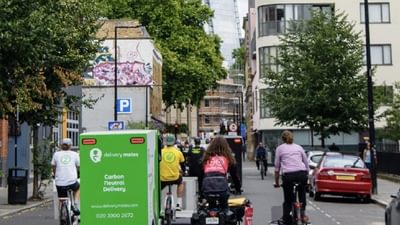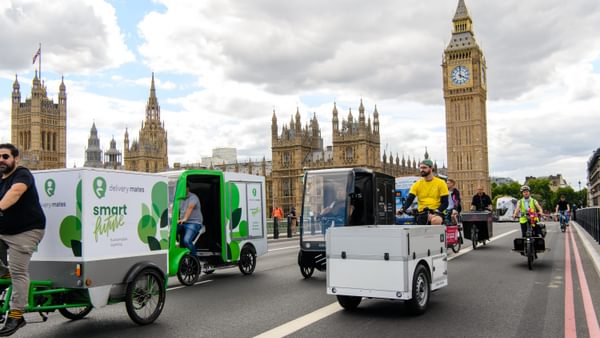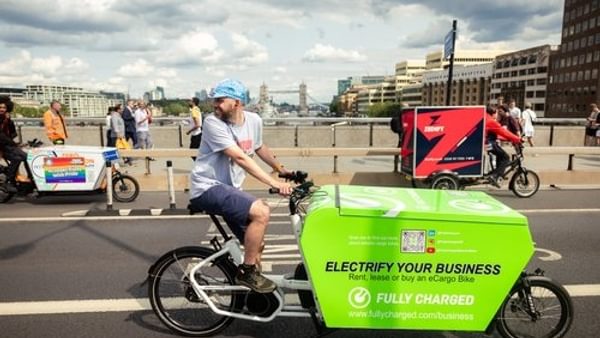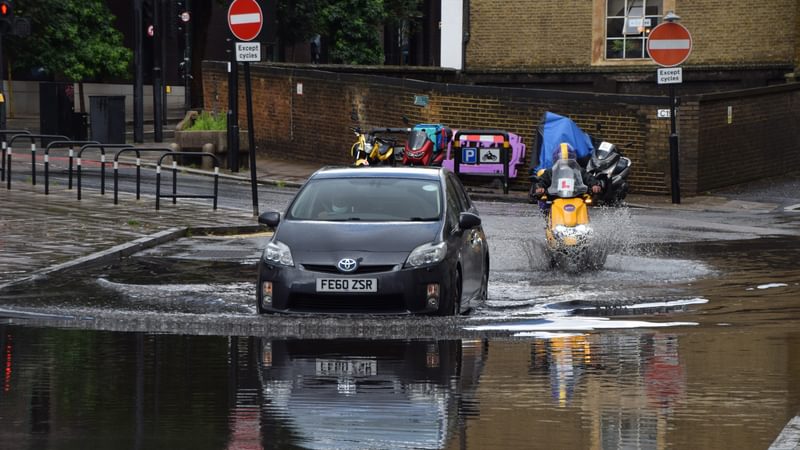Pathways to Zero-Emission Freight in London

This research sets out a 5-year policy roadmap to reduce harmful emissions from freight in central London and models the carbon and health cost savings associated with a zero-emission freight zone.
London has been at the forefront globally of tackling air pollution through the Congestion Charge and its Ultra Low Emission Zone (ULEZ), and the Mayor continues to have ambitious targets to improve air quality and reduce emissions.
Emissions from freight road transport are responsible for a disproportionate share of harmful emissions. While the ULEZ expansion has led to substantial reductions in nitrogen oxides (NOx) and particulate matter emissions (PM10 and PM2.5), further action on freight is required to ensure Mayor's ambitious 2030 targets are met.
Drawing on international evidence, the report sets out a series of financial, efficiency and infrastructure measures to accelerate the transition to green freight, culminating in a central London zero-emission zone for freight (ZEZ-F) by 2030.
Implementing a fully operational ZEZ-F in central London by 2030 would yield significant benefits for Londoners. Currently, every Londoner lives in an area exceeding the WHO guidelines and 4,000 die prematurely as a result of air pollution every year. The modelling in this research estimates that in the first year of being fully operational, 285,000 tonnes of CO2 would be averted. The value of the combined health and carbon cost savings are £140 million for that year alone.






































